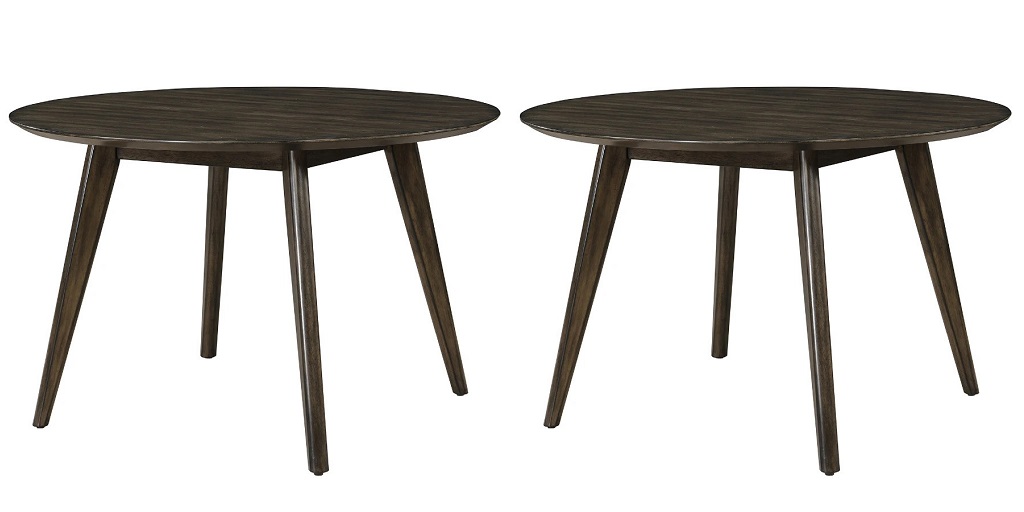
Introduction
In a fast-paced world where convenience dictates customer satisfaction, the Drive Thru System has become an essential solution for businesses, especially in the food and beverage industry. The concept originated to offer customers the ease of placing and receiving their orders without leaving their vehicles. This system has evolved beyond just restaurants, extending into banking, pharmacies, and even COVID-19 testing centers.
In Saudi Arabia, the Drive Thru System in Saudi Arabia has witnessed a surge in adoption due to the country’s rapid digital transformation, population growth, and a strong preference for quick service. This blog will guide you through how these systems operate, their benefits, components, and how businesses can implement them effectively.
What is a Drive Thru System?
A Drive Thru System is a service model that allows customers to make purchases without leaving their cars. It typically includes:
-
Order Point: Where the customer places the order (e.g., a speaker/microphone combo).
-
Payment Window: Where the customer pays.
-
Pickup Window: Where the customer receives the order.
This streamlined process reduces human interaction, waiting time, and congestion, enhancing the overall customer experience.
Why Drive Thru Systems Matter in Today’s Economy
1. Changing Consumer Preferences
Modern consumers prioritize time and convenience. Drive thru services fulfill this need by offering fast and accessible service, particularly during rush hours or for people on-the-go.
2. Pandemic-Induced Shift
The COVID-19 pandemic highlighted the necessity of contactless services. Drive thru systems provided a safer alternative to traditional in-store shopping.
3. Increased Revenue Opportunities
With an optimized drive thru system, businesses can serve more customers in less time, directly increasing turnover and revenue.
Key Benefits of a Drive Thru System
1. Time Efficiency
Customers save time by avoiding queues, and businesses serve more clients in shorter durations.
2. Enhanced Customer Satisfaction
Quick and reliable service results in happier customers and repeat business.
3. Reduced Operational Costs
Drive thru models typically require fewer in-store staff, reducing overhead expenses.
4. Better Traffic Flow and Control
Structured drive thru lanes minimize parking lot congestion, especially during peak hours.
5. Increased Sales During Off-Peak Hours
Drive thru availability encourages spontaneous purchases, even outside traditional peak hours.
Components of a Modern Drive Thru System
1. Digital Menu Boards
Clear, engaging menus help customers make faster decisions and reduce ordering errors.
2. Order Confirmation Screens
These screens verify orders before payment, ensuring accuracy and reducing wait times.
3. Automated Payment Solutions
Contactless and mobile payment options speed up the transaction process.
4. Queue Management System
Efficiently handles customer flow, reducing bottlenecks and improving throughput.
5. POS Integration
Ensures that all components of the drive thru system are interconnected for seamless operation.
Drive Thru System in Saudi Arabia
Cultural & Economic Relevance
Saudi Arabia, with its warm climate and increasing urbanization, is an ideal environment for drive thru services. Consumers prefer convenience, especially during the hot summer months. Additionally, the growth of cities like Riyadh, Jeddah, and Dammam has fueled the demand for quick service options.
Key Industries Embracing Drive Thru in KSA
-
Fast Food Chains: Brands like McDonald’s, KFC, and Herfy dominate with efficient drive thru lanes.
-
Banks: Many banks offer drive thru ATMs and banking services.
-
Pharmacies: Drive thru pharmacies offer convenience, especially for elderly or sick customers.
-
Healthcare: COVID-19 testing and vaccination centers were rapidly transformed with drive thru lanes for efficiency and safety.
Regulations & Government Support
The Saudi government’s Vision 2030 supports modernization and digital infrastructure, encouraging businesses to adopt innovative solutions like drive thru systems. Smart city initiatives further facilitate the integration of such systems into urban planning.
How to Implement a Drive Thru System
Step 1: Site Analysis
Identify the space available and evaluate traffic flow. The layout must allow vehicles to enter, order, pay, and exit without causing congestion.
Step 2: Technology Integration
Install POS systems, digital boards, and voice communication tools. Advanced setups also include ANPR (Automatic Number Plate Recognition) for customer profiling.
Step 3: Staff Training
Employees must be trained for speed, accuracy, and excellent customer service, even without face-to-face interaction.
Step 4: Testing & Optimization
Soft-launch your drive thru system to gather data, identify bottlenecks, and make improvements.
Role of Queue Management in Drive Thru Systems
A Queue Management System is vital to streamline the flow of vehicles, reduce wait times, and prevent lane overlap. In Saudi Arabia’s high-traffic areas, this becomes especially important.
Features of a Good Queue Management System
-
Real-time monitoring
-
Data analytics for peak hours
-
Digital tokens or lane assignments
-
Integration with mobile apps or car sensors
Drive Thru Trends in Saudi Arabia
1. Smart Drive Thru Systems
AI-powered systems analyze order patterns, recommend upsells, and automate operations.
2. Mobile App Integration
Customers can pre-order via apps and get a dedicated lane for quick pickups.
3. Sustainability Focus
Eco-friendly packaging and energy-efficient equipment are gaining traction.
4. Multi-Lane Systems
To serve more customers simultaneously, businesses are introducing 2-3 lane systems with intelligent routing.
Challenges in Drive Thru Implementation
-
Space Constraints: Urban areas may have limited space for drive thru lanes.
-
Cost of Setup: High initial investment in technology and infrastructure.
-
Training Requirements: Employees must adapt to a new service model quickly.
-
Weather Impact: Sandstorms or extreme heat can affect outdoor equipment in KSA.
Success Stories of Drive Thru System in Saudi Arabia
McDonald’s Saudi Arabia
Introduced AI-powered voice recognition at select outlets to streamline ordering and improve accuracy.
Al Nahdi Pharmacy
Launched drive thru pharmacies in major cities like Riyadh and Jeddah, especially during the pandemic.
Local Coffee Brands
Boutique coffee houses in Dammam and Khobar now offer personalized drive thru lanes integrated with mobile ordering.
Future of Drive Thru Systems in Saudi Arabia
As digital adoption increases, expect:
-
Voice-activated ordering
-
Facial recognition for loyalty rewards
-
Automated drive thru lanes with robotic arms
-
Blockchain for transaction transparency
With Saudi Arabia leading in smart infrastructure and digital transformation, the drive thru system will be an integral part of its urban ecosystem.
Conclusion
Drive thru systems have revolutionized how businesses operate by enhancing customer convenience, increasing operational efficiency, and driving sales growth. In Saudi Arabia, the adoption of Drive Thru Systems is not just a trend but a strategic necessity driven by consumer demand and national development goals.
As more businesses across the Kingdom seek innovative solutions, implementing a robust, technology-driven drive thru model will be key to staying competitive.
FAQs
1. What is a Drive Thru System and how does it work?
A Drive Thru System allows customers to order, pay, and receive services or products without leaving their car. It involves multiple service windows and digital support systems for efficiency.
2. How popular is the Drive Thru System in Saudi Arabia?
The Drive Thru System is growing rapidly in Saudi Arabia, especially in cities like Riyadh, Jeddah, and Dammam, across industries like food, banking, and healthcare.
3. What are the main components of a successful Drive Thru System?
Key components include a POS system, digital menu boards, order confirmation displays, queue management tools, and trained staff.
4. Is a Drive Thru System suitable for small businesses in KSA?
Yes, with modular setups and smart technology, even small or medium businesses can benefit from the drive thru model.
5. How can I integrate a Queue Management System into my Drive Thru?
You can integrate real-time tracking, customer flow analysis, and digital ticketing systems through mobile apps or in-car sensors to streamline operations.






